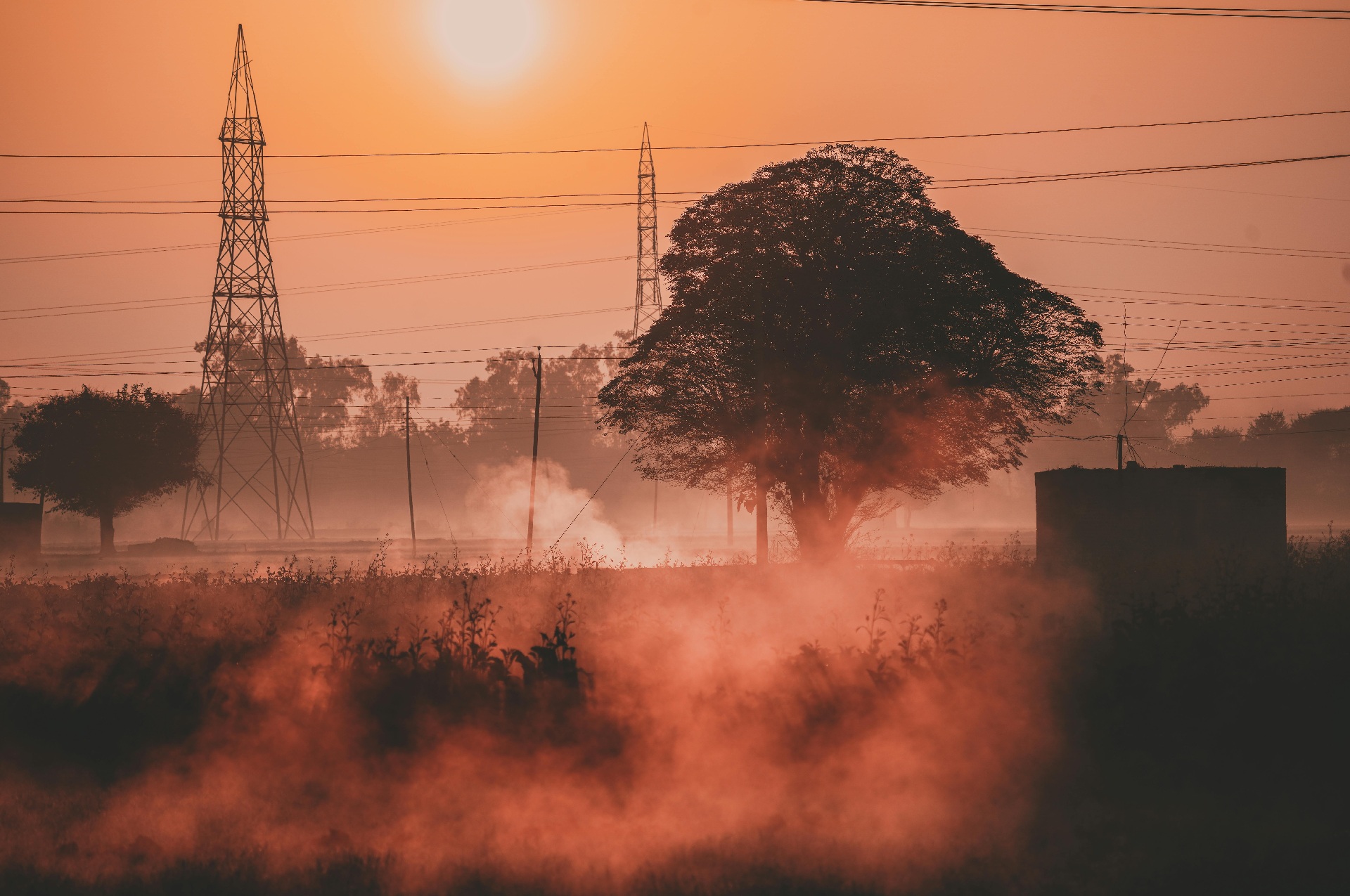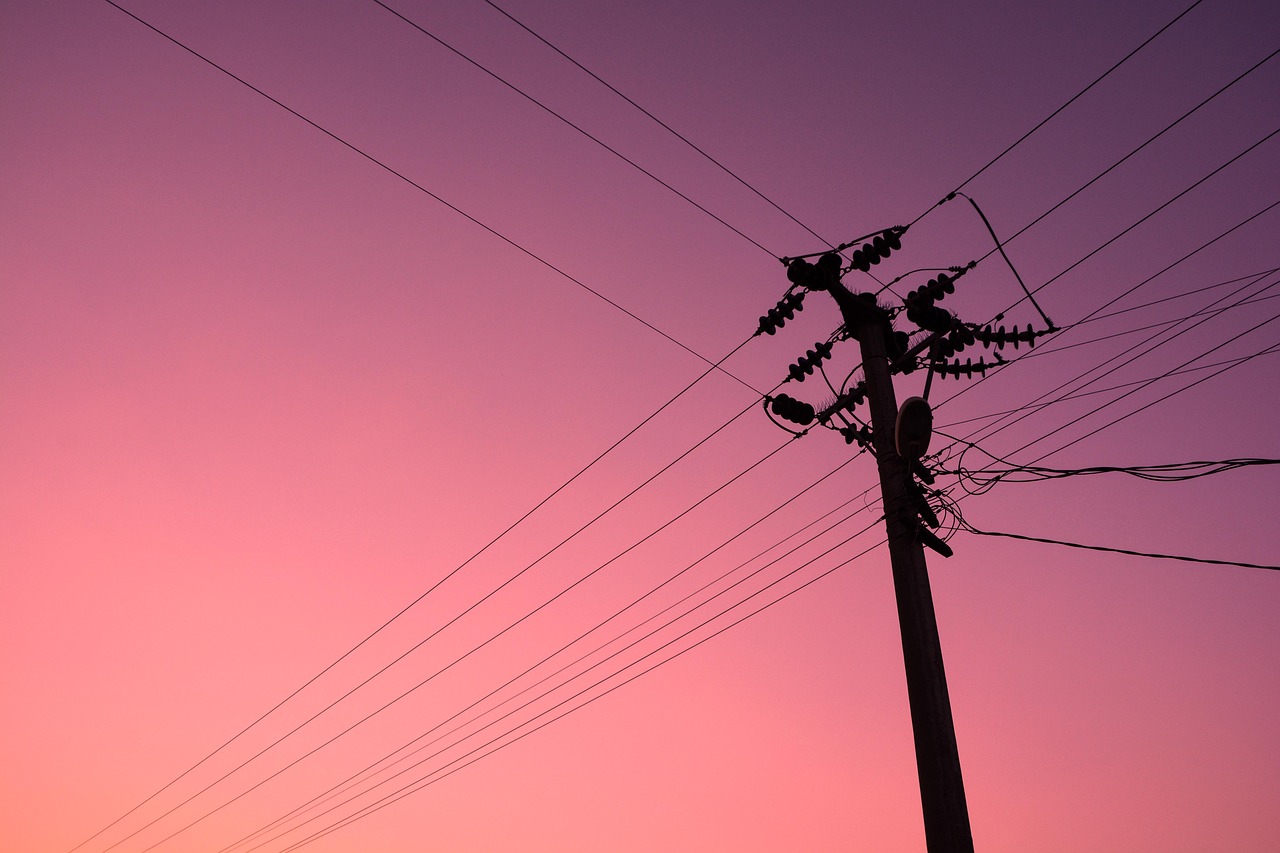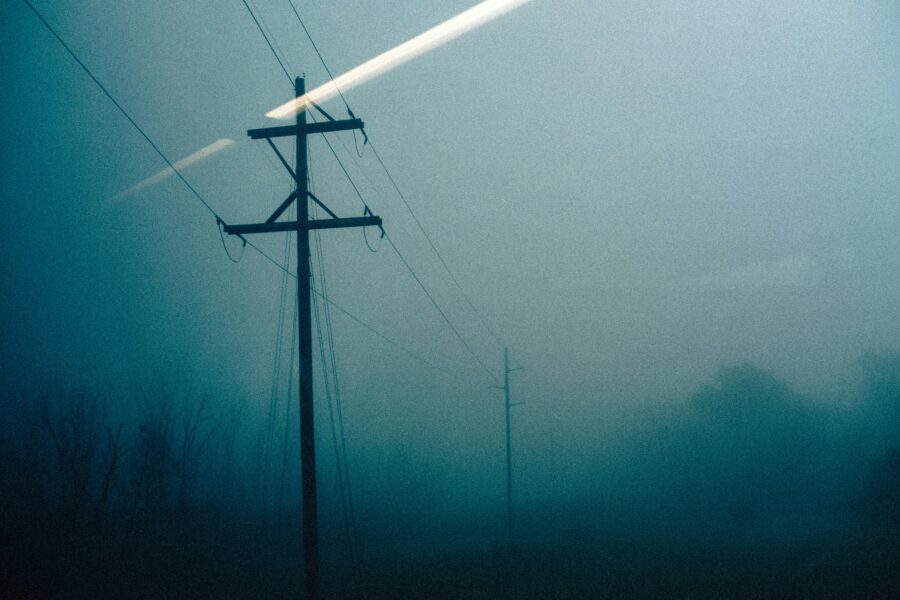Article
Powering Down for Safety: The New Reality of Electric Utility Operations

“This collision demands a complete cultural overhaul, not just operational adjustments.”
The increasing threat of catastrophic wildfires is forcing a contradiction between two of the fundamental aspects of the utility compact – safe and reliable power.
Public Safety Power Shutoffs (PSPS), or the de-energization of lines that are likely to cause an ignition during a weather event, have become a critical tool for wildfire prevention and mitigation.
PSPS represents a collision between the industry’s core operations, focused on continuous reliable service, and the new reality of wildfire risk, which necessitates proactive, disruptive interventions for safety.
This collision demands a complete cultural overhaul, not just operational adjustments.
Although it’s often described as a “measure of last resort” in an electric utility’s wildfire mitigation toolbox, PSPS is an increasingly necessary tool. The decision to implement a PSPS is never taken lightly, as it represents a significant operational and cultural shift.
However, allowing Mother Nature to take control during extreme weather can lead to uncontrolled outages, sparking ignitions and potentially catastrophic wildfires.
More and more, leading utilities are adopting a more “Surgical PSPS”, which uses better intelligence about ignition risk to minimize the outage area and impact fewer people.
The Evolving Standard of Care
PSPS is rapidly becoming the new standard of care for electric utilities, even those in lower-risk areas. Regulators increasingly expect electric utilities to have a PSPS program in place, regardless of whether they anticipate using it. This reflects the growing recognition of wildfire risk and the need for proactive mitigation.
Operationalizing PSPS
Implementing a PSPS is often new and takes work, but can be well within the capabilities and budgets of utilities who want to evolve quickly to protect their customers and grid.
- It begins with the weather conditions: identifying impending weather conditions that combine with local risk factors (fuels and terrain) to create high fire risk. Electric utilities must pinpoint the specific areas and assets at risk.
- Electric utilities often have a 48-72 hour customer notification requirement before a PSPS event. This tight timeframe can put pressure on operations. Analyzing thousands of miles of power lines and hundreds of circuits to determine the scope of a PSPS requires rapid data processing and decision-making. Delays in meteorological forecasting or internal analysis can significantly impact an electric utility’s ability to meet notification deadlines and execute a PSPS effectively. Dynamic data for decision-making is key.
- Beyond the technical challenges, PSPS involves a significant human element. Electric utility personnel must make difficult decisions that impact thousands of customers. Public safety needs must be balanced against the disruption caused by power outages. In addition to the actual decision-making, the best PSPS programs communicate well with customers before, during and after an event, sharing both the information as well as being more transparent about the logic applied to keep people as safe as possible.
The Bottom Line
PSPS is a complex and challenging but crucial tool for wildfire mitigation. Electric utilities can develop robust PSPS programs and embrace a proactive safety culture, where PSPS is not seen as a failure, but as a necessary tool for protecting communities. This requires a fundamental cultural shift, not just operational adjustments, but in the ability to redefine the core mission in the face of escalating wildfire risk.


